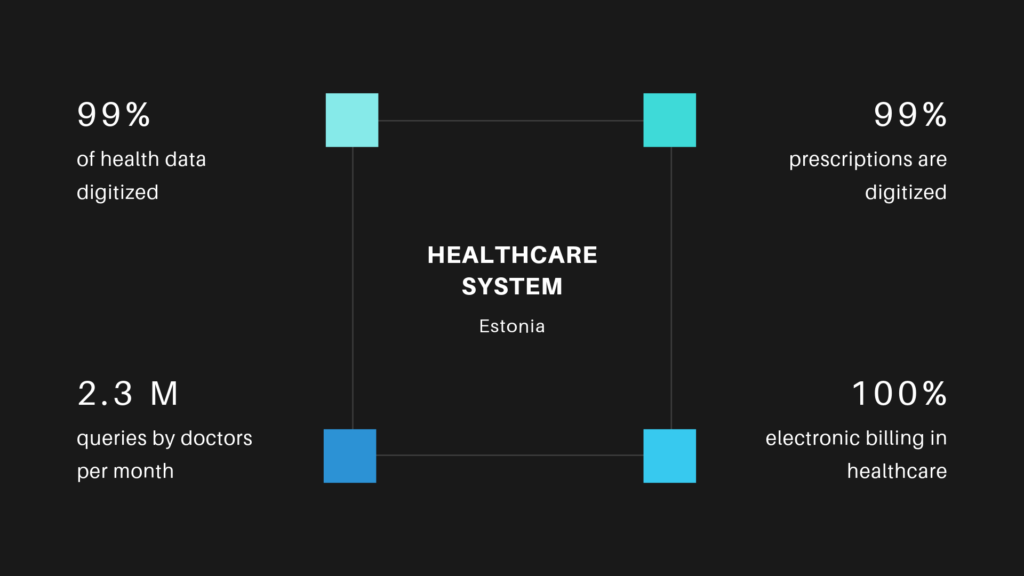The healthcare industry has long been inflicted with bottlenecks: affordability & reach up to the last-mile patients, resource scarcity, fragmented data management, undefined patient expectation, and sub-par patient experience. Despite significant contribution by information technology, the healthcare industry has a long way to go to be able to optimize the operational process. The advancements in digital technology in recent years has led to technological adoption at both healthcare provider and patient/self-care level. However, most of these adoptions are isolated in nature, leading to data loss in various forms.
Another challenge for healthcare providers lies in meeting the patient’s expectation and experience. Social media has become a platform for the free flow of information across borders & geographies. This has given birth to a new breed of patients expecting an unmatched experience.
The sheer amount of healthcare data that gets generated on a day-to-day basis has enabled the ecosystem players to mass-personalize the products. Health insurance providers are at the forefront of the customized offering. But that’s still the tip of the iceberg. Most of the healthcare data are not standardized and gets lost in the transition. What the healthcare industry needs is a mechanism for seamless flow and storage of patient
From the 1920s when the first medical records emerged to 2018 when healthcare organizations are forecasted to invest $1.5 trillion on technology, quality & affordable healthcare is still not reachable up to the last mile.
What The Industry Needs
- The primary need of the healthcare industry is for standardized management of patient’s data for actionable insight
- Technological intervention is limited to possessing an “Electronic Health Record” (EHR) systems which in themselves are complex and non-standardized
- Lowering the cost of data storage and enhancing the ability to share data across the ecosystem. This is where cloud computing may help
- Enhancing data security, especially after the evolution of connected device and IoT. This is where blockchain has to play a crucial role. Refer to our primer on “Blockchain in Healthcare” and “What Makes Blockchain Secure“
- Structuring the unstructured data. This is where Health Information Exchange will be a game-changer for enhancing the health delivery model and creating a connected ecosystem
- Automating healthcare operations & administration to reduce manual error & manipulations. This is where smart contracts, blockchain, and machine learning will play a vital role
- Technology-driven innovation across the healthcare value-chain to eliminate the bottlenecks of the industry. This is where advanced/future technologies will play a key role
The existing model of healthcare delivery & procurement is unsustainable. It is marred with bottlenecks across the operational model, making it inefficient on various fronts.
In its current form, the situation will only worsen in the future. The solution to healthcare provisioning problems lies in adopting digital to the core and undergoing digital transformation.
There is no denying the fact that transformation in healthcare has been slow due to the regulatory & digitalizing barriers. However, if planned in the right way, the barriers could be overcome.
To build a successful healthcare system of the future the control needs to be shifted to the consumers (Patients). If patients are not at the heart of healthcare then the system may not be termed futuristic.
Digital Transformation in healthcare is our initiative to support healthcare players undergo a necessary transformation in a right and planned manner.
Why Health Information Exchange
To build an efficient healthcare system requires the seamless flow of patient’s data across the value chain. A health information exchange is a hub for patient-related information as it pulls information from various ecosystem players- Hospitals, Primary Care Physicians, Community Health Centers, Public Health Organizations, Pharmacies, Laboratories, and EMS. A health information exchange electronically transmits the vital medical history of a patient. Secure, Fast, and Quality data sharing directly helps in the timely delivery of quality healthcare in times of need.
Types Of Health Information Exchange
Health information could be any/all of the following types:
- Directed Exchange: Enabling coordinated care through information sharing between care providers
- Query Based Exchange: Patient-related information from other providers could be accessed on request
- Consumer Mediated Exchange: Patient has control over their medical data which could only be accessed after the patient’s approval
We are working on building a health information exchange with all of the above features.
Regulatory standardization and technological security are two areas of concern for the success of health information exchange. An ideal way to deal with these challenges is to refer to the regional, national, and international policies around healthcare information sharing and disseminating the same to the players in the healthcare ecosystem.
Blockchain in Healthcare: Success Story Of Estonia
Estonia has revolutionized its healthcare system by innovative e-solutions. Each person in Estonia that has visited a doctor has an online e-Health record that can be tracked. Identified by the electronic ID-card, the health information is kept completely secure and at the same time accessible to authorized individuals.

Source: https://e-estonia.com/solutions/healthcare/e-health-record/
In Our Next Post Read About The Stakeholders Of The Health Information Exchange, Information Flow Structure, Technological Use Cases In An Health Information Exchange, and Much More. Subscribe to stay updated!!
For any query email us at contact@366pi.tech
Follow us on LinkedIn



3 Comments